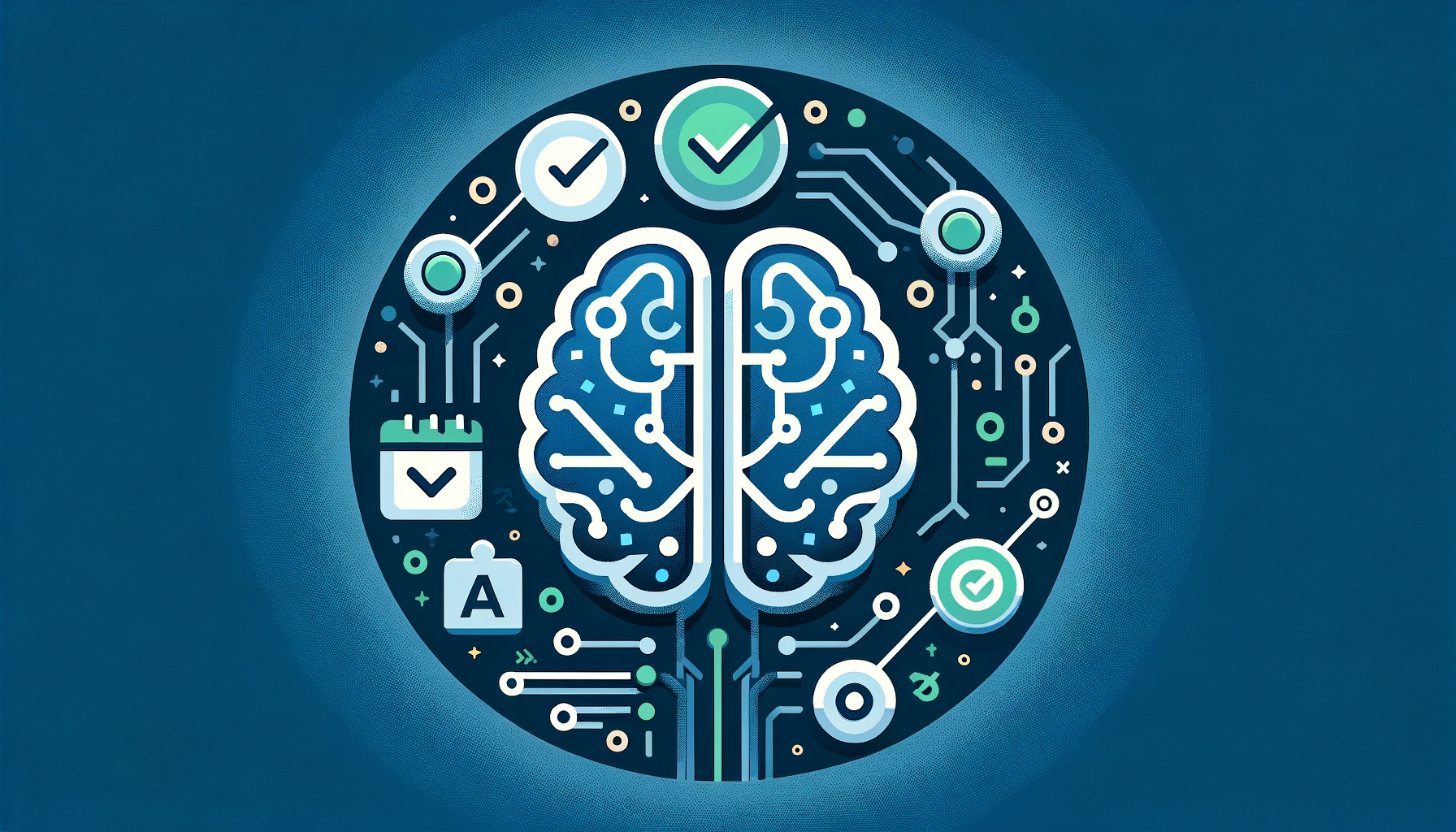
In an era where misinformation can spread with the speed and reach of the internet, a groundbreaking study from Google’s DeepMind offers a promising solution. The study, recently published on the arXiv pre-print server under the title “Long-form factuality in large language models,” reveals that an artificial intelligence system, known as the Search-Augmented Factuality Evaluator (SAFE), has demonstrated the ability to outperform human fact-checkers in assessing the accuracy of information produced by large language models (LLMs).
At the core of this research is the development of SAFE, a method that leverages a large language model to dissect generated text into discrete facts. These facts are then verified using Google Search results to evaluate the truthfulness of each statement. The DeepMind team eloquently explains that “SAFE employs an LLM to segment a long-form response into individual facts and assesses the veracity of each through a multi-step reasoning process. This involves initiating search queries on Google Search and determining if a fact is corroborated by the search outcomes.”
The research team conducted rigorous comparisons between SAFE and human annotators across a dataset comprising approximately 16,000 facts. Results showed that SAFE’s evaluations were in line with those of human raters 72% of the time. More intriguingly, in instances of disagreement between SAFE and the human evaluators (a sample of 100 cases), SAFE’s decisions were deemed accurate in 76% of those cases.
This led the researchers to claim that “LLM agents can achieve superhuman rating performance.” However, the use of the term “superhuman” has sparked debate within the AI community. Gary Marcus, a renowned AI researcher and critic of inflated claims, suggested that this designation might be misleading, equating the AI’s performance more to that of an underpaid crowd worker than a skilled human fact checker.
Marcus’s critique underscores a crucial aspect of the study: the need for benchmarking SAFE against expert human fact-checkers to truly validate claims of superhuman performance. The qualifications, compensation, and methodologies of the human raters are fundamental for a comprehensive understanding of the results.
The introduction of SAFE and its comparison to human annotators highlights several key points:
- Cost Efficiency: Deploying SAFE for fact-checking is approximately 20 times less expensive than employing human fact-checkers. This cost advantage is significant given the exponential increase in content generated by language models.
- Benchmarking Language Models: The DeepMind team applied SAFE to assess the factual accuracy of top language models across four families (Gemini, GPT, Claude, and PaLM-2) using a new benchmark, LongFact. The findings indicate that larger models tend to produce fewer factual inaccuracies, though none were completely error-free.
Highlighting Key Findings and Future Directions
- Performance Analysis: SAFE outperforms human fact-checkers in accuracy, aligning with human evaluations 72% of the time and demonstrating a higher correctness rate in cases of disagreement.
- Cost Advantages: The use of SAFE represents a significant cost reduction, making it a scalable solution for the vast amounts of content generated by LLMs.
- Challenges with Large Models: Even the most advanced models are not immune to producing false claims, highlighting the importance of tools like SAFE in maintaining factual integrity.
While the DeepMind study marks a significant advancement, it also raises important questions about the future of AI in combating misinformation. The open-sourcing of SAFE and the LongFact dataset on GitHub is a step towards transparency, allowing for broader scrutiny and improvement by the research community. However, a more detailed disclosure about the human raters involved in the study is necessary for a full evaluation of SAFE’s effectiveness.
The development of technologies like SAFE is crucial as tech giants and researchers strive to enhance the capabilities of language models for a variety of applications. These tools represent a pivotal stride towards instilling a new layer of trust and accountability in digital content.
Yet, the success of such endeavors hinges on open collaboration and rigorous benchmarking against expert human standards. Only through such measures can the true value of automated fact-checking tools in the ongoing battle against misinformation be accurately assessed.
As we move forward, the emphasis must be on developing these technologies transparently and inclusively, ensuring that advancements are measured against the highest standards of accuracy and effectiveness. The journey towards reliable automated fact-checking is ongoing, and studies like DeepMind’s SAFE project illuminate the path forward, promising a future where AI not only generates information but ensures its truthfulness.
Related News:
Featured Image courtesy of DALL-E by ChatGPT
